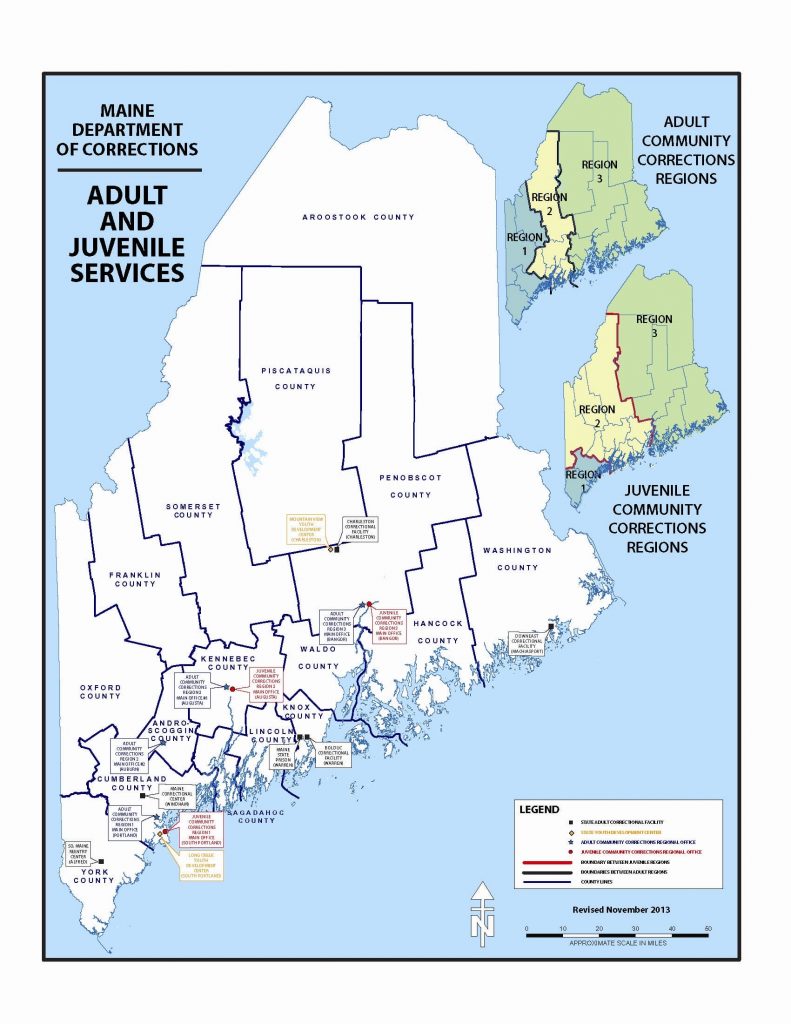Notice: Undefined offset: 1 in /home/colbysit/public_html/freedomandcaptivity.org/wp-content/themes/freedom_capavity/single.php on line 118
Notice: Trying to get property 'cat_name' of non-object in /home/colbysit/public_html/freedomandcaptivity.org/wp-content/themes/freedom_capavity/single.php on line 118
Brief History of Incarceration in Maine
Prior to the onset of the coronavirus pandemic, there were about 5000 people incarcerated in Maine and another 7000 under criminal justice supervision, including a disproportionate number of people of color. Even though Maine has the lowest violent crime rate and one of the lowest overall rates of incarceration in the U.S., Maine still incarcerates people at a higher rate than most countries in the world. Over the past few decades, the number of people incarcerated pre-trial, the rate of incarceration of women, and the number of people arrested for drug-related offenses has grown. Sentencing to prison for drug offenses grew 59% from 2014-2018, by which time drug offenses were the largest reason for incarceration. The 2015 Report of the Intergovernmental Pretrial Justice Reform Task Force recorded 1,100 statutes on the books in Maine that carry minimum sentences or fines, another driver of incarceration. As a result, the number of Mainers in jail increased 649% since 1970 and in prison increased 151% since 1983. In recent years, over 40% of prison admissions were for probation revocations, due in large part to “a lack of community-based programming and resources for people with mental illnesses and substance addictions”, and Maine’s recidivism rate within 3 years of release was 31% for men and 28% for women. To lock up so many people, Maine spent $186 million in 2018, an increase of 167% since 1985. This rate of increase is much higher than increases in other areas, such as education.
This timeline offers snapshots of particular moments along the historical trajectory of carcerality in Maine.

